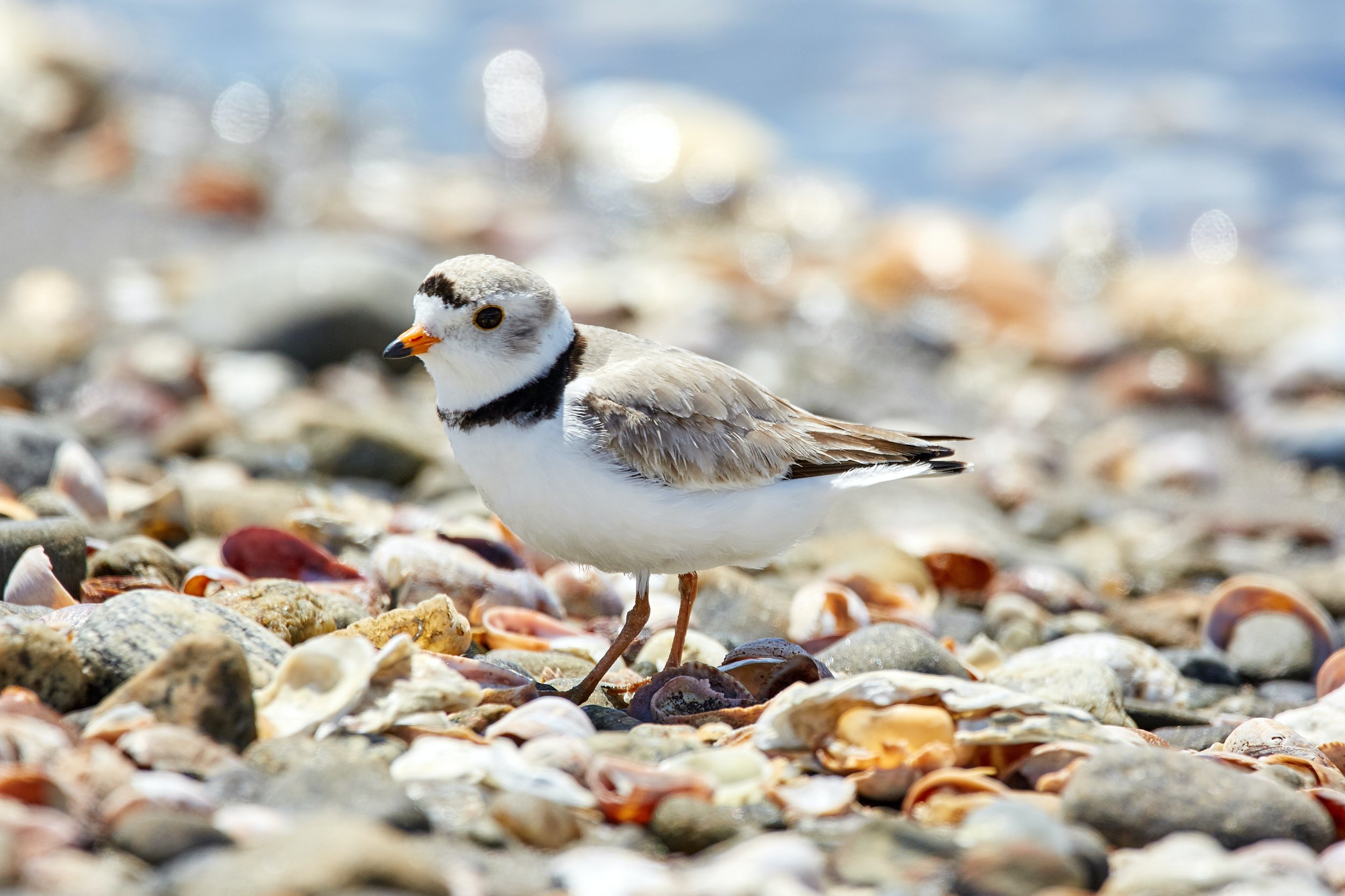
The Latest from the Coalition
On this page you can find the latest news from the Coalition, including stories of restoration successes, profiles of ongoing clean water issues, policy updates, and press releases.
Clean Water Rollbacks an Assault on Public Health
The Trump Administration announced today its final policy to replace the Obama-era “Clean Water Rule” that governed how the EPA regulates streams, wetlands and other bodies of water.
Coalition Calls on Congress to End Water Shutoffs, Boost Funding for Water Infrastructure, Great Lakes
As part of its response to the COVID-19 pandemic, the U.S. Congress must act immediately to ensure that all American communities have uninterrupted access to clean, safe and affordable drinking water, wrote 75 members of the Healing Our Waters – Great Lakes Coalition.
HOW Coalition FY2021 Funding Priorities
The HOW Coalition has submitted a set of five letters urging Congress to fund Great Lakes priorities for organizational sign-ons. Read about our priorities, and see the letters below!
Demonstration Farms at Genesee River in Pennsylvania Pioneer Innovative Pollution Controls
By implementing the conservation practices that are part of this demonstration farm network, projects such as this support the Great Lakes Restoration Initiative goal for reducing nutrient runoff from agriculture.
Streambank Restoration at Petrifying Springs Park Improves Water Quality, Restores Native Species
Planting native vegetation along the Pike River and restoring an adjacent wetland is reducing erosion, preventing storm runoff, and providing a home for fish and other native species.
Wetland Restoration Reduces Stormwater Runoff, Improves Water Quality
Restoring 9 acres of wetlands in Michigan City, Ind., is preventing 37.5 million gallons of polluted urban runoff from flowing into a local creek and ultimately, Lake Michigan.
Lake Sturgeon Monitoring in Lower Niagara River Ensures Fish Recover
State-of-the-art monitoring technology ensures stable, healthy population growth and recovery for threatened lake sturgeon.
Duluth Slip Project Caps 150,000 Cubic Yards of Contaminated Riverbed
Capping contaminated soil in the St. Louis River and harbor to Lake Superior prevents toxic pollution from spreading and harming fish, wildlife, and people.







